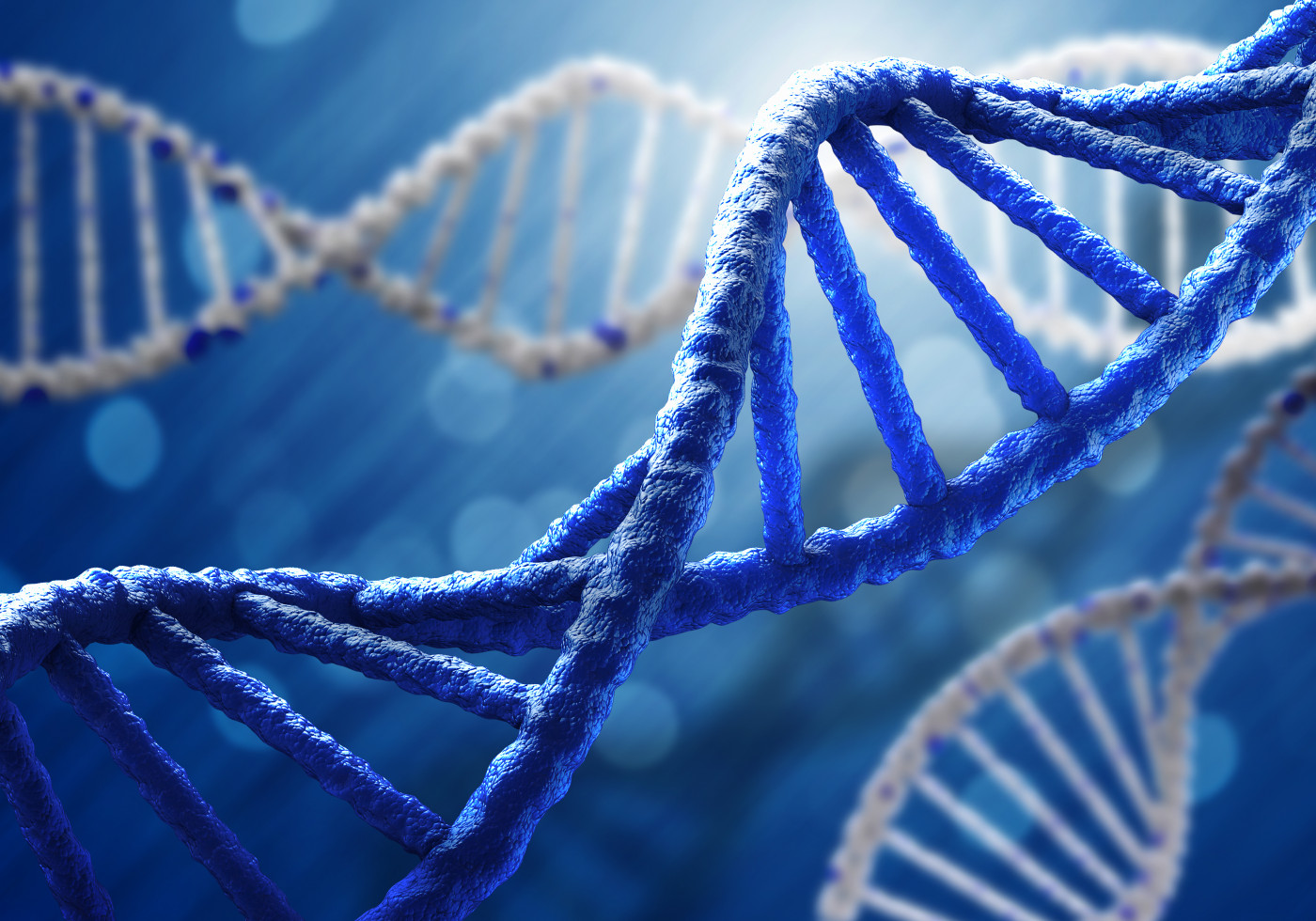Inhibiting Epigenetic Enzyme May Help Reactivate Key PWS Genes, Study Suggests

Inhibiting an enzyme involved in Prader Willi syndrome (PWS) can help rescue the activity of specific genes in neurons, and halt disease, a lab study suggests.
The study “Small molecule inhibitors of G9a reactivate the maternal PWS genes in Prader-Willi-Syndrome patient derived neural stem cells and differentiated neurons,” was published in the journal bioRxiv.
Gene expression — the process by which information in a gene is used to synthesize a product, such as a protein — can be inhibited, or blocked, by either deleting the gene or by epigenetic silencing. Specifically, this is done by the addition of epigenetic marks — such as methyl groups — that sit on top of genes, and work as “switch off” signals.
Most people with PWS have a genetic deletion in a specific region — known as the PWS locus — of the paternal chromosome 15. This region contains multiple genes, including the SNORD116 snoRNA cluster, which is thought to be the most important for the disease mechanism. It also contains the SNORD115 snoRNA cluster, SNRPN, SNURF, NDN, MKRN3, and MAGEL2 genes.
While the maternal copy of this locus is not genetically deleted, its expression is inhibited, or turned off, by epigenetic mechanisms. These include high levels of methyl groups of both the DNA and of specific proteins, known as histones, that package the DNA. Reactivation of these silenced PWS genes may be a potential way to treat the disease.
Previous studies using a mouse model of PWS and patient fibroblasts (a type of connective tissue cell) showed that inhibiting the enzyme that adds methyl groups to histones — known as G9a — re-activated the PWS genes.
Inhibition of G9a also has been shown to increase the life span of a PWS mouse model.
Now, a team led by researchers at Fulcrum Therapeutics investigated whether this also was the case in neural progenitor cells, and in a specific type of neural cell, known as cortical excitatory neurons, derived from a PWS patient. Neural progenitor cells are capable of generating all the neurons and glial cells in the central nervous system, which is composed of the brain and spinal cord.
Results showed that treatment of the cells with 5-Azacytidine, which inhibits DNA methylation, resulted in the reactivation of many PWS genes in neural progenitor cells, but not in neurons. This may be because in cells, such as neurons, limited new DNA methylation occurs.
Using different small molecule inhibitors of G9a led to a partial activation of the maternal PWS genes in both the neural progenitor cells and neurons. This occurred in a dose-dependent manner, meaning that as the concentration of the inhibitor increased, the level of gene expression also increased.
Researchers noted that this did not occur as a result of decreasing DNA methylation levels. That suggests that disrupting a histone modifier is sufficient to lead to gene expression changes.
Previous research identified genes that act downstream of the main PWS genes, and that also may be involved in the disease mechanism. The G9a inhibitors also resulted in the increased expression of two genes regulated by PWS genes, including the GNRH1 and HTR2C (two neuronal specific genes), by 6- to 8-fold.
Overall, the results suggested that targeting the G9a enzyme, an epigenetic modifier, can reactive maternal PWS genes in neurons.
“Using disease relevant cellular models, our study provided in vitro [in the lab] proof of principle for using epigenetic intervention as a potential therapeutic approach to PWS treatment,” the team concluded.






